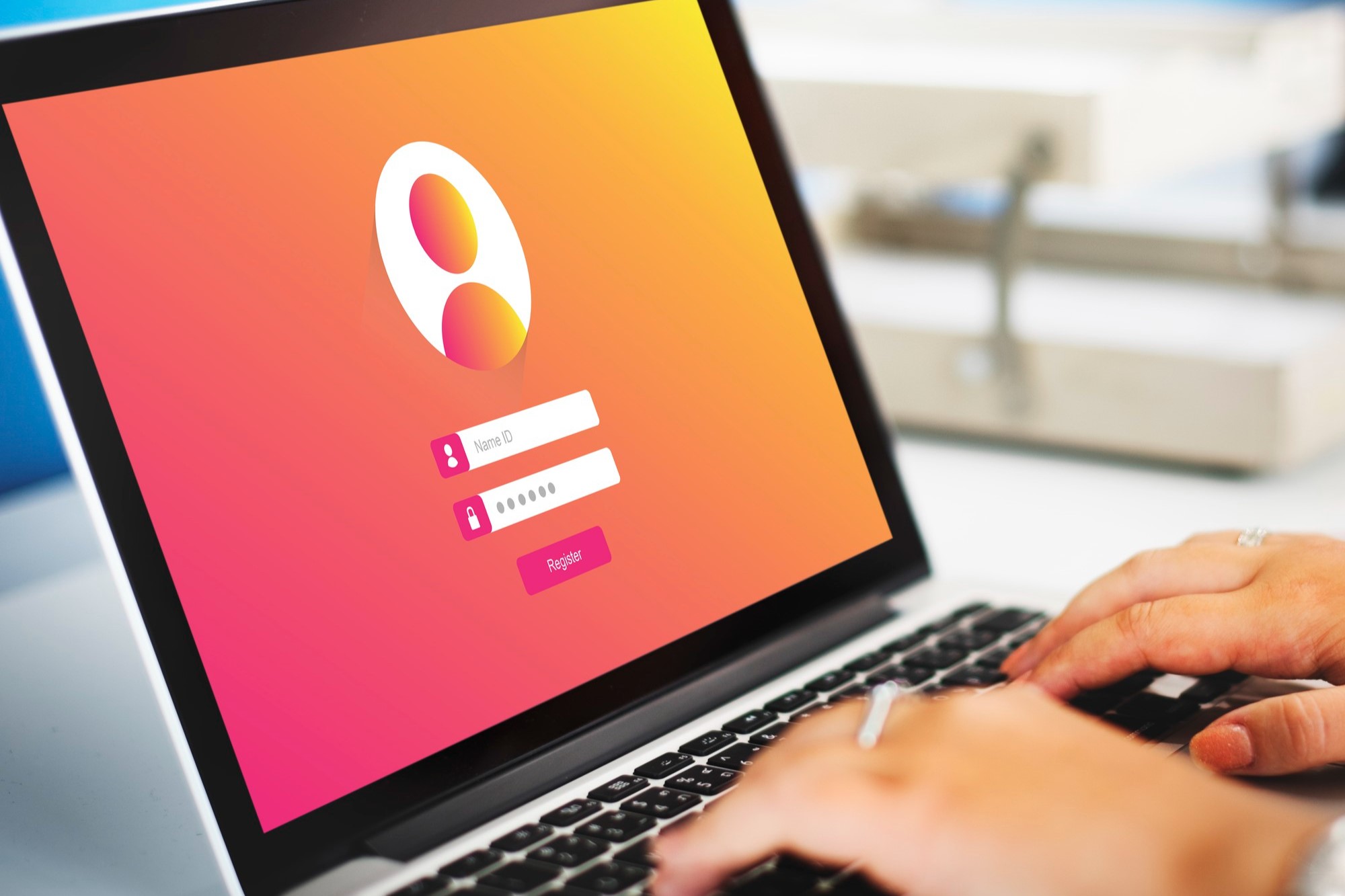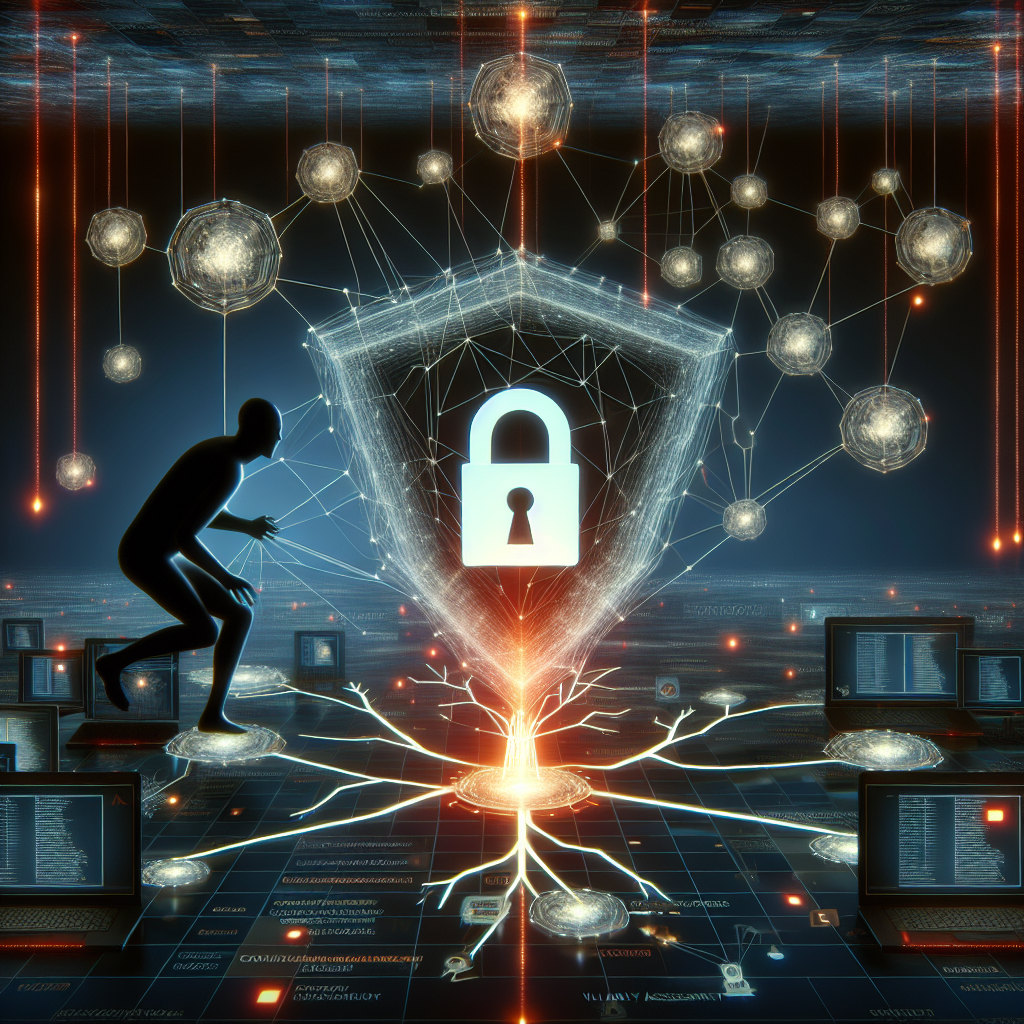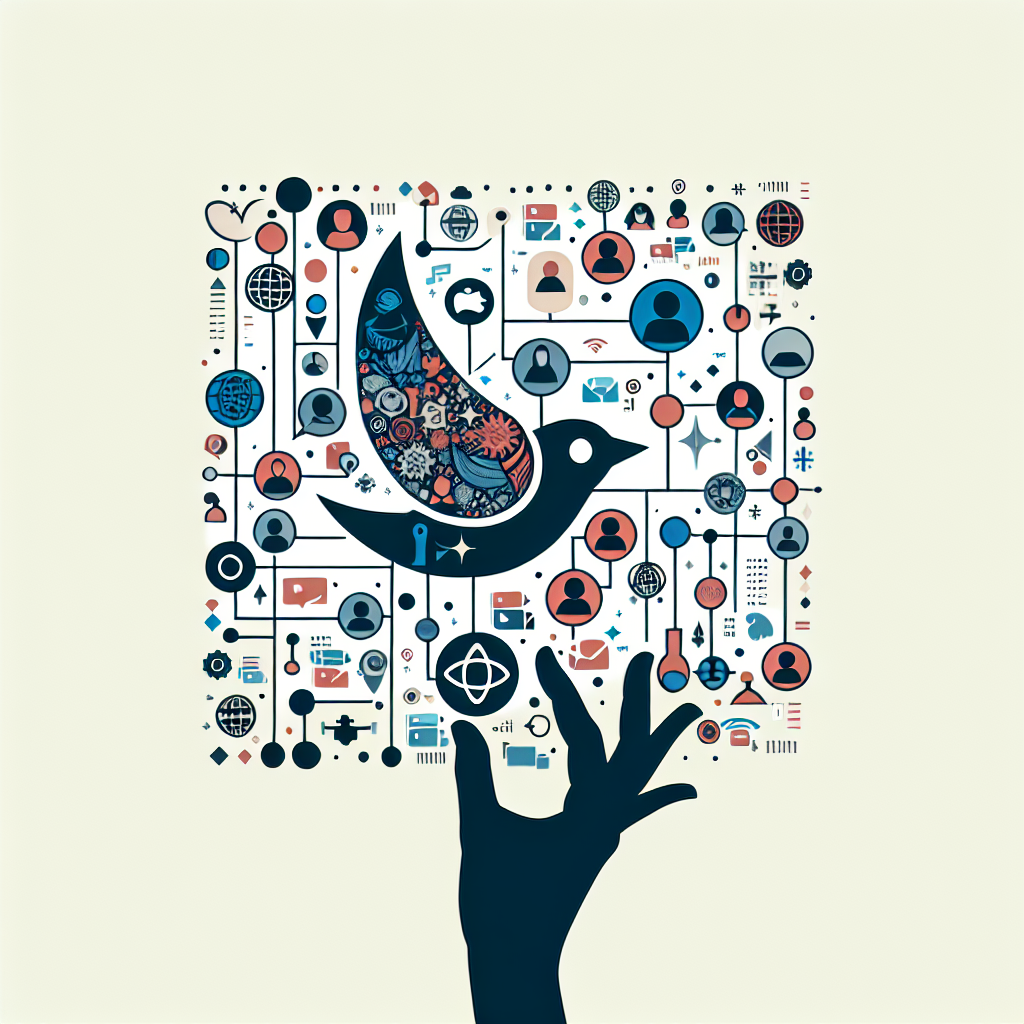The modern workforce demands flexible work arrangements. This article explores secure remote access solutions, technologies that allow employees to connect to corporate resources from any location securely. We’ll discuss different remote access methods, security considerations, and best practices for facilitating a productive and secure remote work environment.
Challenges of Remote Work
Remote work presents significant challenges for both organizations and employees alike. One of the primary concerns is the security risks associated with accessing sensitive company data from remote locations. Without the proper safeguards in place, remote workers may inadvertently expose confidential information to unauthorized individuals or cyber threats, leading to potential data breaches and financial losses.
Additionally, accessibility issues can hinder productivity and collaboration among remote teams. Dependence on internet connectivity and remote access tools may result in technical difficulties and communication breakdowns, causing delays in project timelines and impacting overall efficiency. Finding effective solutions to address these challenges is essential for ensuring the success of remote work initiatives.
Understanding Secure Remote Access Solutions
To grasp the concept of secure remote access solutions fully, it’s essential to delve into its components and functionalities. Here’s a breakdown of key aspects:
Components of Secure Remote Access Solutions:
- Authentication Mechanisms: Secure remote access solutions utilize various authentication methods to verify the identity of users before granting access to corporate resources. This may include passwords, biometric authentication, or hardware tokens.
- Encryption Protocols: Data transmitted between a user’s device and the corporate network is encrypted to prevent unauthorized interception or tampering. Common encryption protocols include SSL/TLS for web-based communication and IPsec for network-level encryption.
- Access Control Policies: Administrators can define access control policies to determine which users have permission to access specific resources and under what conditions. This ensures that only authorized individuals can access sensitive data or applications.
Functionalities of Secure Remote Access Solutions:
- Remote Desktop Access: Secure remote access solutions enable users to access their desktop environments and applications from remote locations. This allows employees to work efficiently from anywhere with an internet connection, using familiar tools and interfaces.
- Virtual Private Networks (VPNs): VPNs create a secure encrypted tunnel between a user’s device and the corporate network, extending the organization’s private network over the public internet. This enables remote employees to access company resources securely, as if they were directly connected to the internal network.
- Multi-Factor Authentication (MFA): MFA adds an extra layer of security by requiring users to provide multiple forms of identification before accessing corporate resources. This typically involves combining something the user knows (e.g., a password) with something they have (e.g., a smartphone or hardware token) or something they are (e.g., a fingerprint or facial recognition).
Understanding these components and functionalities is crucial for organizations looking to implement secure remote access solutions effectively. By leveraging the right technologies and best practices, businesses can create a robust and secure remote work environment for their employees.
Benefits of Secure Remote Access Solutions
Secure remote access solutions offer a multitude of benefits for organizations and employees, enhancing productivity, security, and flexibility. Here are some key advantages:
For Organizations:
- Improved Security: Secure remote access solutions employ encryption protocols and multi-factor authentication to safeguard sensitive data from unauthorized access and cyber threats.
- Enhanced Compliance: By implementing secure remote access solutions, organizations can ensure compliance with regulatory requirements and industry standards related to data protection and privacy.
- Cost Savings: Remote work reduces overhead costs associated with maintaining physical office spaces, such as rent, utilities, and office supplies.
- Global Talent Pool: Secure remote access enables organizations to recruit and retain top talent from around the world, regardless of geographical location.
For Employees:
- Flexibility: Secure remote access solutions allow employees to work from anywhere, at any time, providing greater flexibility and work-life balance.
- Increased Productivity: Remote work eliminates the need for lengthy commutes and provides a comfortable working environment, leading to higher levels of productivity and job satisfaction.
- Reduced Stress: By eliminating the constraints of traditional office settings, remote work reduces stress levels associated with commuting and office politics.
- Improved Health: Remote work enables employees to prioritize their physical and mental well-being by incorporating healthy habits into their daily routines, such as exercise and proper nutrition.
Overall, secure remote access solutions empower organizations to embrace the benefits of remote work while mitigating potential risks, resulting in a more agile and resilient workforce.
Implementing Secure Remote Access Solutions
Implementing secure remote access solutions requires careful planning and consideration of various factors to ensure effectiveness and security. Organizations must first assess their specific needs and requirements, taking into account factors such as the size of their workforce, the nature of their business operations, and existing IT infrastructure.
Once requirements are identified, organizations can begin selecting appropriate technologies and protocols to meet their remote access needs. This may involve deploying virtual private networks (VPNs), implementing remote desktop services (RDS), or adopting zero-trust network access (ZTNA) solutions. Each option has its own set of benefits and considerations, and organizations must choose the solution that best aligns with their objectives and budget.
Popular Secure Remote Access Solutions
| Solution | Description | Key Features |
| Virtual Private Networks (VPNs) | VPNs establish secure encrypted connections between a user’s device and the corporate network, allowing remote employees to access company resources securely over the internet. | Encryption protocols ensure the confidentiality of data transmission. Multi-platform support for various devices and operating systems. Scalability to accommodate growing user bases. |
| Remote Desktop Services (RDS) | RDS allows users to access virtual desktop environments and applications hosted on remote servers. This enables remote employees to work with familiar desktop interfaces and software from any location with internet access. | Centralized management of desktop environments and applications. Seamless integration with existing IT infrastructure. Support for multimedia and graphics-intensive applications. |
| Zero Trust Network Access (ZTNA) | ZTNA solutions adopt a zero-trust security model, requiring strict authentication and authorization for every access attempt, regardless of whether the user is inside or outside the corporate network perimeter. | Identity-based access control ensures only authorized users can access resources. Continuous monitoring and real-time threat detection. Simplified access management through policy-based controls. |
Secure remote access solutions come in various forms, each offering unique features and functionalities to meet the diverse needs of organizations. Here are some key characteristics of popular secure remote access solutions:
- Virtual Private Networks (VPNs):
- Encryption protocols ensure the confidentiality of data transmission.
- Multi-platform support for various devices and operating systems.
- Scalability to accommodate growing user bases.
- Remote Desktop Services (RDS):
- Centralized management of desktop environments and applications.
- Seamless integration with existing IT infrastructure.
- Support for multimedia and graphics-intensive applications.
- Zero Trust Network Access (ZTNA):
- Identity-based access control ensures only authorized users can access resources.
- Continuous monitoring and real-time threat detection.
- Simplified access management through policy-based controls.
Each solution has its own set of benefits and considerations, and organizations must carefully evaluate their options to determine the most suitable solution for their remote access needs.
Future Trends in Remote Access Solutions
The landscape of remote access solutions is constantly evolving, driven by advancements in technology and changing workforce dynamics. One emerging trend is the adoption of artificial intelligence (AI) and machine learning (ML) to enhance security measures and improve user experience. AI-powered threat detection algorithms can analyze network traffic patterns in real-time, identifying and mitigating potential security threats before they escalate.
Another significant trend is the integration of biometric authentication methods into remote access solutions. Biometric identifiers such as fingerprints, facial recognition, and iris scans offer a more secure and convenient alternative to traditional password-based authentication methods. By incorporating biometric authentication into remote access systems, organizations can enhance security while simplifying the user login process.




